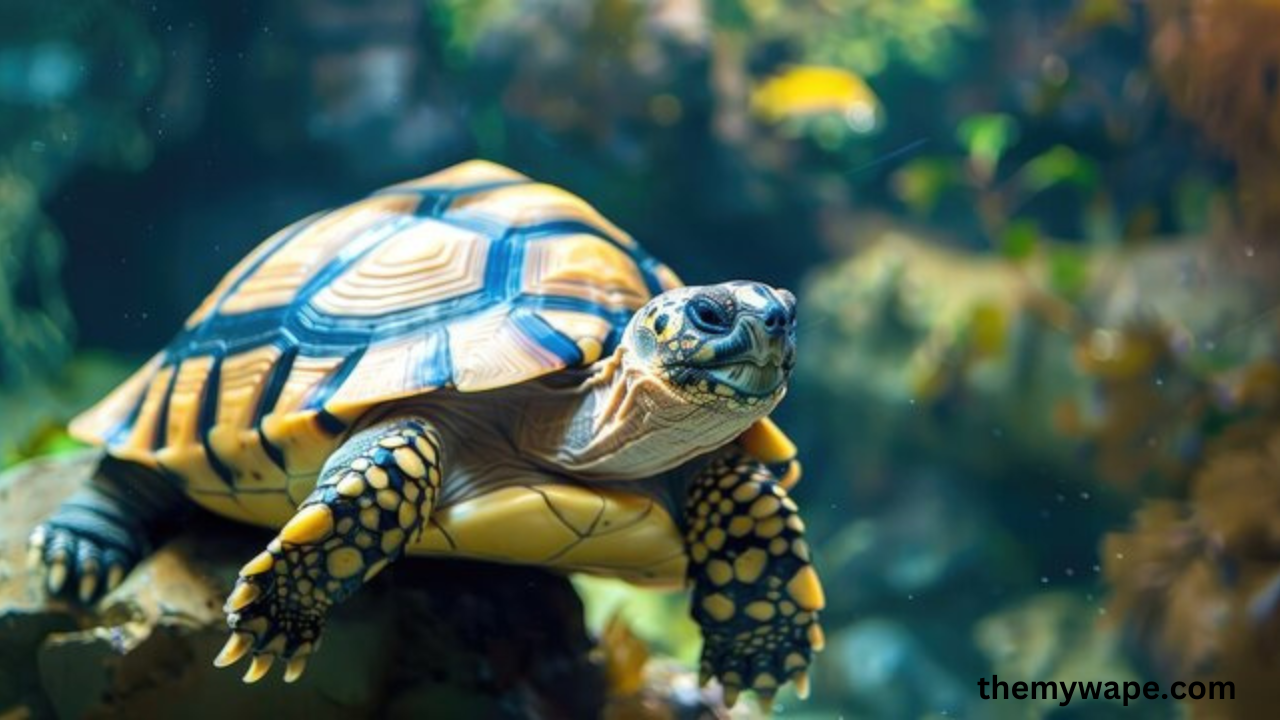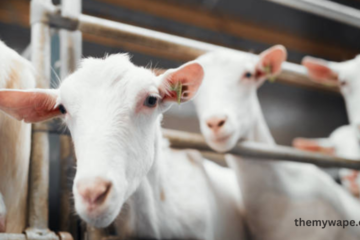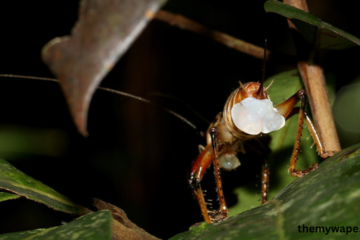Introduction
Baby box turtles are some of the most fascinating and adorable reptiles that captivate the hearts of reptile enthusiasts and pet owners alike. These small, charming creatures are known for their distinctive, hinged shells that allow them to “box up” for protection. However, caring for a baby box turtle is no small feat. It requires a deep understanding of their specific needs, from habitat to diet, to ensure they grow into healthy, happy adults. This detailed guide will cover all the essential information about baby box turtles. We’ll delve into their natural habitat, proper care, diet, and common health issues. Whether you’re a first-time turtle owner or an experienced reptile keeper, this article will provide valuable insights to help you care for your baby box turtle effectively.
Table of Contents
What Are Baby Box Turtles?
Baby box turtles are the juvenile stage of box turtles, a group of North American turtles that belong to the genus Terrapene. These turtles are known for their ability to retract almost entirely into their shells, hence the name “box turtle.” Baby box turtles, like their adult counterparts, have domed shells and can close their hinged plastron (the lower part of the shell) tightly against the carapace (the upper shell) to protect themselves from predators.
Natural Habitat of Baby Box Turtles
Understanding the natural habitat of baby box turtles is crucial for replicating these conditions in captivity. In their natural habitats, box turtles can be found in diverse environments, including forests, grasslands, and marshy areas. Baby box turtles, in particular, thrive in areas with plenty of leaf litter, moist soil, and ample cover. They are native to the United States, with different species found across various regions.
Found in the eastern United States, these turtles prefer deciduous or mixed forest areas with dense underbrush.
Three-toed Box Turtle (Terrapene carolina triunguis): Commonly found in the central United States, these turtles inhabit forests, grasslands, and swamps.
Desert Box Turtle (Terrapene ornata luteola): Native to the Southwest United States, they are adapted to drier, more arid environments.
Creating the Ideal Habitat for Your Baby Box Turtle
Replicating the natural habitat of baby box turtles in captivity is essential for their well-being. Here’s how you can create a suitable environment:
Enclosure: A large terrarium or outdoor enclosure is ideal for baby box turtles. Ensure the enclosure has enough space for your turtle to explore, burrow, and hide.
Substrate: Use a substrate that mimics the forest floor, such as a mix of soil, leaf litter, and sphagnum moss. This not only provides a natural feel but also helps retain moisture.
Temperature and humidity: Baby box turtles require a temperature gradient within their enclosure. Keep one side of the enclosure at a cooler temperature (around 70-75°F) and the other at a warmer temperature (85-90°F) with a basking spot. Maintain humidity levels between 60 and 80% to replicate their natural environment.
Lighting: Provide UVB lighting to help your baby box turtle synthesize vitamin D3, which is crucial for calcium absorption and overall health.
Hiding Spots: Offer plenty of hiding spots using plants, logs, or commercially available turtle hides. This helps your baby box turtle feel secure and reduces stress.
Water Source: A shallow water dish should be provided for drinking and soaking. Ensure the water is clean and changed daily.
Diet and Nutrition for Baby Box Turtles
Feeding baby box turtles a well-balanced diet is essential for their growth and development. In the wild, they are omnivores, consuming a variety of foods, including insects, worms, fruits, and vegetation.
Protein:
Baby box turtles require a protein-rich diet. “Provide insects such as crickets, mealworms, and earthworms as food. Occasionally, you can also offer small servings of cooked chicken or fish as a treat.”
Vegetables:
Provide a variety of leafy greens such as kale, collard greens, and dandelion leaves. These should make up about 30–40% of their diet.
Fruits:
Fruits should be given in moderation. Suitable options include berries, melons, and apples. Steer clear of citrus fruits, as they may lead to digestive problems.
Calcium and Vitamin Supplements:
Dust your baby box turtle’s food with a calcium supplement to prevent shell deformities and other health problems. A multivitamin supplement with vitamin D3 should also be offered occasionally.
Feeding Frequency:
Feed baby box turtles daily, ensuring they receive a balanced mix of protein, vegetables, and fruits.
Common Health Issues in Baby Box Turtles
Like all pets, baby box turtles can experience health issues if not cared for properly. It’s important to monitor your turtle for signs of illness and seek veterinary care if needed.
Respiratory Infections:
Caused by improper temperature and humidity levels, respiratory infections are common in baby box turtles. Signs may involve shortness of breath, mucus secretion, and fatigue.”
Shell Rot:
A fungal or bacterial infection that affects the shell, leading to soft spots, discoloration, and foul odor. It’s often caused by a dirty or overly damp environment.
Metabolic Bone Disease (MBD):
A result of calcium deficiency and lack of UVB lighting, MBD can cause soft, deformed shells and weak bones.
Parasites:
Internal parasites like worms can cause weight loss, diarrhea, and lethargy. Regular fecal exams by a veterinarian can help detect and treat these parasites.
Dehydration:
Baby box turtles need a moist environment to stay hydrated. Signs of dehydration include sunken eyes, dry skin, and a lack of appetite.
Social Behavior of Baby Box Turtles
Baby box turtles are generally solitary creatures and prefer to live alone. While they can be housed with other box turtles of similar size and temperament, it’s important to monitor them for signs of stress or aggression. Mixing species or housing them with much larger or smaller turtles can lead to bullying and health issues.
Breeding and Reproduction
Breeding baby box turtles in captivity is challenging and requires specific conditions. Females typically lay eggs in moist soil, which must be incubated at a controlled temperature to ensure successful hatching. Incubation temperatures can also influence the gender of the hatchlings, with higher temperatures generally producing more females.
How to Handle a Baby Box Turtle
Handling baby box turtles should be done with care. Their shells are still developing, and rough handling can cause injury. Always support the turtle’s body and avoid dropping them. It’s also important to wash your hands before and after handling to prevent the spread of bacteria.
Legal Considerations
Before acquiring a baby box turtle, it’s essential to check local laws and regulations. Some species of box turtles are protected and may require permits to own. Capturing wild box turtles is illegal in many areas, and it’s always better to purchase from reputable breeders.
Conclusion
Caring for a baby box turtle is a rewarding experience that requires dedication and knowledge. By providing the right environment, diet, and care, you can ensure that your baby box turtle thrives and grows into a healthy adult. Remember, these turtles can live for several decades, so be prepared for a long-term commitment. With the right care, your baby box turtle will become a cherished companion for years to come.
FAQs
1. How often should I feed my baby box turtle? Baby box turtles should be fed daily with a balanced diet that includes protein, vegetables, and fruits.
2. What should the temperature be in a baby box turtle’s enclosure? The enclosure should have a temperature gradient, with one side at 70-75°F and the other at 85-90°F, including a basking spot.
3. Can baby box turtles live with other turtles? While it’s possible to house baby box turtles with others of similar size, they generally prefer to live alone. Monitor for any signs of stress or aggression.
4. How can I tell if my baby box turtle is healthy? A healthy baby box turtle will have clear eyes, a smooth shell, a good appetite, and be active. Any signs of lethargy, respiratory issues, or shell deformities should be checked by a vet.
5. Do baby box turtles need UVB lighting? Yes, UVB lighting is essential for baby box turtles to help them synthesize vitamin D3 and absorb calcium, which is crucial for shell and bone health.
6. How do I prevent shell rot in my baby box turtle? Maintain a clean and dry environment, ensure proper humidity levels, and regularly check the shell for any signs of discoloration or soft spots to prevent shell rot.
By following the guidelines outlined in this article, you’ll be well-equipped to provide the best possible care for your baby box turtle. With proper attention and care, these delightful reptiles can live long, healthy lives as beloved pets.
You can see the latest updates on : MyWape



